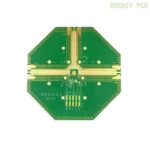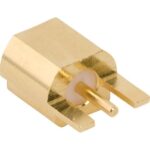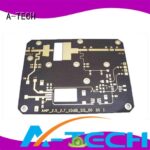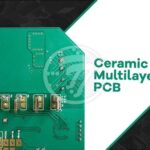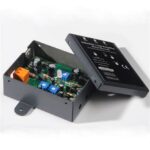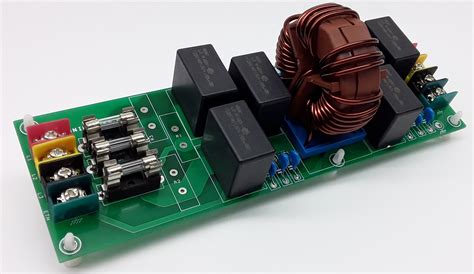
ALL ABOUT FLEX PCB
-
 Read more: Noise Filter Circuit: Improving the Sound on your Listening Device
Read more: Noise Filter Circuit: Improving the Sound on your Listening DeviceWhat is a Noise Filter? A noise filter, also known as a noise suppressor or noise reducer, is an electronic circuit designed to remove or reduce unwanted noise from an audio signal. Noise can come from various sources, such as electrical interference, background sounds, or even the inherent noise generated […]
-
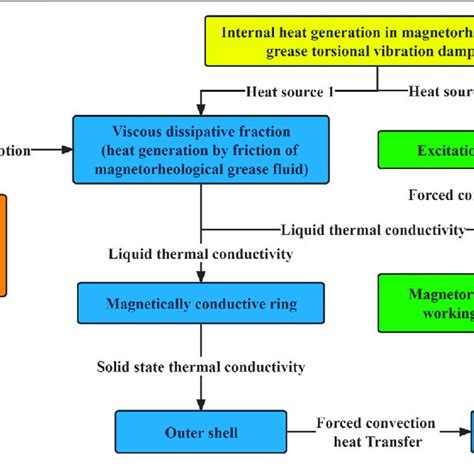 Read more: What is the Thermal Conductivity of Different PCBs
Read more: What is the Thermal Conductivity of Different PCBsUnderstanding Thermal Conductivity Thermal conductivity is a physical property that quantifies the ability of a material to transfer heat. It is defined as the rate at which heat is conducted through a material per unit thickness, per unit area, and per unit temperature difference. The SI unit for thermal conductivity […]
-
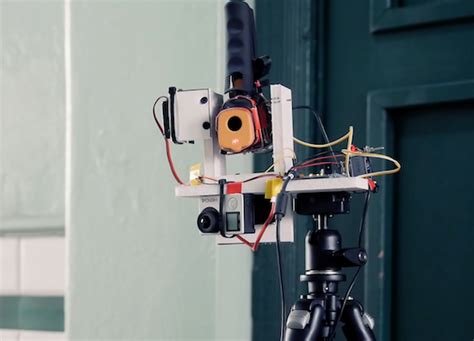 Read more: DIY Thermal Imaging Camera: How to build a Less-Expensive One
Read more: DIY Thermal Imaging Camera: How to build a Less-Expensive OneUnderstanding Thermal Imaging Before diving into the construction process, let’s briefly discuss what thermal imaging is and how it works. Thermal imaging cameras detect infrared radiation emitted by objects based on their temperature. Unlike regular cameras that capture visible light, thermal cameras create images using the heat signatures of objects. […]
-
Prototyping Board – What Is The Unique?
Posted by
–
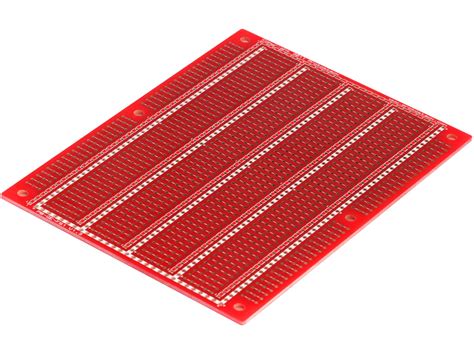 Read more: Prototyping Board – What Is The Unique?
Read more: Prototyping Board – What Is The Unique?What Is a Prototyping Board? A prototyping board is a rectangular plastic board with a grid of holes. These holes are connected by metal strips underneath the surface, allowing you to insert electronic components and create circuits without soldering. The board is divided into several sections, each serving a specific […]
-
What is Ceramic PCB – A Complete Introduction
Posted by
–
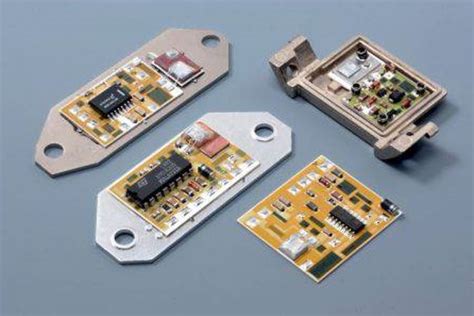 Read more: What is Ceramic PCB – A Complete Introduction
Read more: What is Ceramic PCB – A Complete IntroductionIntroduction to Ceramic PCB Ceramic printed circuit boards (PCBs) are a type of specialized PCB that uses a ceramic substrate material instead of the more common FR-4 fiberglass. Ceramic PCBs offer several advantages over traditional PCBs, including superior thermal conductivity, lower dielectric loss, and higher reliability in harsh environments. These […]
-
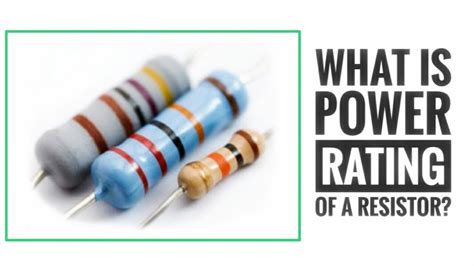 Read more: Carbon Film Resistor VS Metal Film – How to Tell the Difference
Read more: Carbon Film Resistor VS Metal Film – How to Tell the DifferenceWhat is a Resistor? A resistor is a passive two-terminal electrical component that implements electrical resistance as a circuit element. In electronic circuits, resistors are used to reduce current flow, adjust signal levels, to divide voltages, bias active elements, and terminate transmission lines, among other uses. The main characteristics of […]
-
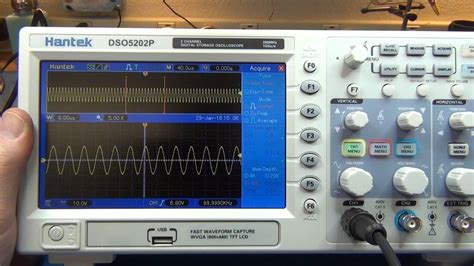 Read more: Analog vs. Digital Oscilloscope: What’s The Difference?
Read more: Analog vs. Digital Oscilloscope: What’s The Difference?What is an Oscilloscope? An oscilloscope is an electronic test instrument that graphically displays varying signal voltages, usually as a two-dimensional plot of one or more signals as a function of time. The main purpose of an oscilloscope is to visualize the change in an electrical signal over time, allowing […]
-
Electronics Manufacturing
Posted by
–
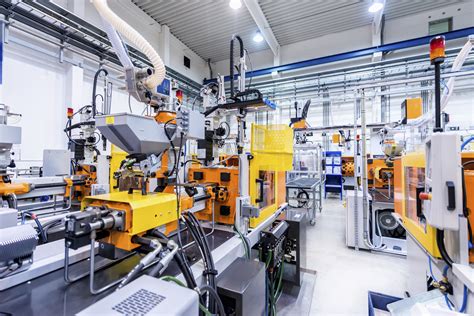 Read more: Electronics Manufacturing
Read more: Electronics ManufacturingWhat is Electronics Manufacturing? Electronics manufacturing is the process of designing, fabricating, assembling, and testing electronic components, devices, and systems. It encompasses a wide range of products, from simple components like resistors and capacitors to complex systems such as computers, smartphones, and aerospace equipment. The electronics manufacturing industry has grown […]
-
 Read more: Install FreeNAS on USB Drive – Easy Steps on Building a Cloud Drive
Read more: Install FreeNAS on USB Drive – Easy Steps on Building a Cloud DriveWhat is FreeNAS? FreeNAS is an open-source operating system based on FreeBSD, designed specifically for building Network Attached Storage (NAS) systems. It provides a user-friendly web interface for managing your storage, sharing files, and configuring various services like FTP, SSH, and rsync. Request Flex PCB Manufacturing & Assembly Quote Now […]
-
QFN Packaging: Types, Assembly, and Benefits
Posted by
–
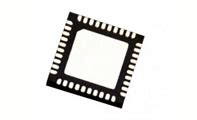 Read more: QFN Packaging: Types, Assembly, and Benefits
Read more: QFN Packaging: Types, Assembly, and BenefitsIntroduction to QFN Packaging Quad Flat No-lead (QFN) packaging is a surface-mount technology that has gained significant popularity in the electronics industry due to its compact size, excellent thermal and electrical performance, and cost-effectiveness. QFN packages are widely used in various applications, including consumer electronics, automotive systems, and industrial devices. […]
